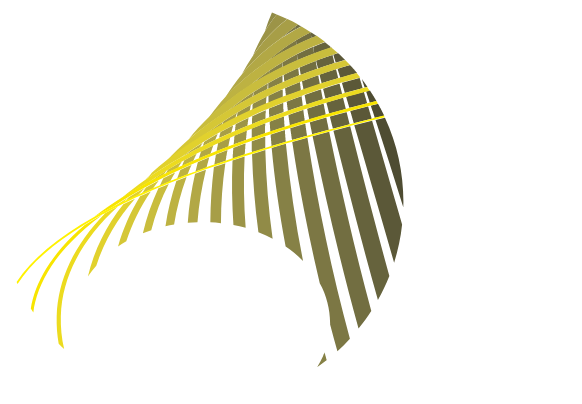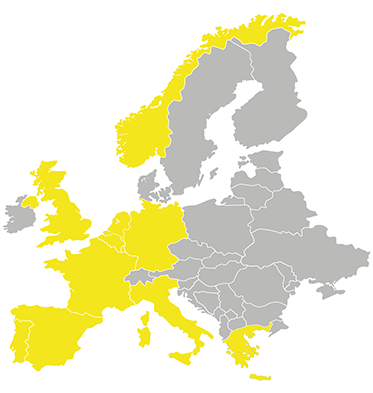What is the Technology Readiness Level scale?
In the 1990s, NASA developed the Technology Readiness Level (TRL) scale. Since the launch of the Horizon 2020 programme in 2014, the European Commission has also been using the TRL scale to measure or indicate the maturity of a particular technology. There are nine Technology Readiness Levels divided into four stages. TRL 1 is the lowest and TRL 9 the highest:
Many innovative products go through the different stages of the TRL scale in the product development process. It may require iterations between different TRLs, especially during the development phase. The TRL scale is an effective way of indicating the degree of maturity of a particular technology or product. It is a measurement system that provides a common understanding of the technology status of a project and focuses on the entire innovation chain.
How is relationship TRL versus Horizon Europe project proposals?
Horizon Europe, and also its predecessor Horizon 2020, has chosen the TRL scale as an indicator to better position project proposals in the programme (as stated in Horizon Europe’s annual work programmes). The uniform TRL scale, allows applicants as well as evaluators to adapt to the expectations of the European Commission. For example: a higher TRL in the text of a call for proposals clearly means that the EC is looking for an innovation that can be applied in practice, e.g. in a living lab, practical setup or with a first user. A lower TRL in the text of a call for proposals indicates the expectation of a more fundamental research project.
Another use of the TRL is an indication of the ‘starting point’. This refers to the maturity of the given technology/product/process at the beginning of the project. In this case, a given TRL serves as a ‘lower limit’. For example, for the EIC Accelerator, the starting point must be TRL 5-6 or greater. This means that the grant is not suitable for R&D-intensive projects, which are typically for products positioned in lower TRL levels. Rather, it is suitable for mature projects with a higher probability of reaching the market. However, many other grants are more likely to support R&D-intensive projects, regardless of whether the call for proposals specifically mentions a TRL level or not.
Use of Technology Readiness Levels widespread
We will give you here some examples of popular EU grants and their corresponding TRLs:
Besides the European Commission, national grantors also use the TRL scale, as do provincial and regional grantors.
What is the TRL of your innovation project?
Want to know the TRL of your innovation project or which European or national grant best suits your TRL? Get in touch with our experts. You will also find valuable information in the Horizon Europe magazine. Call 0031 88 838 13 81 or send a message.




